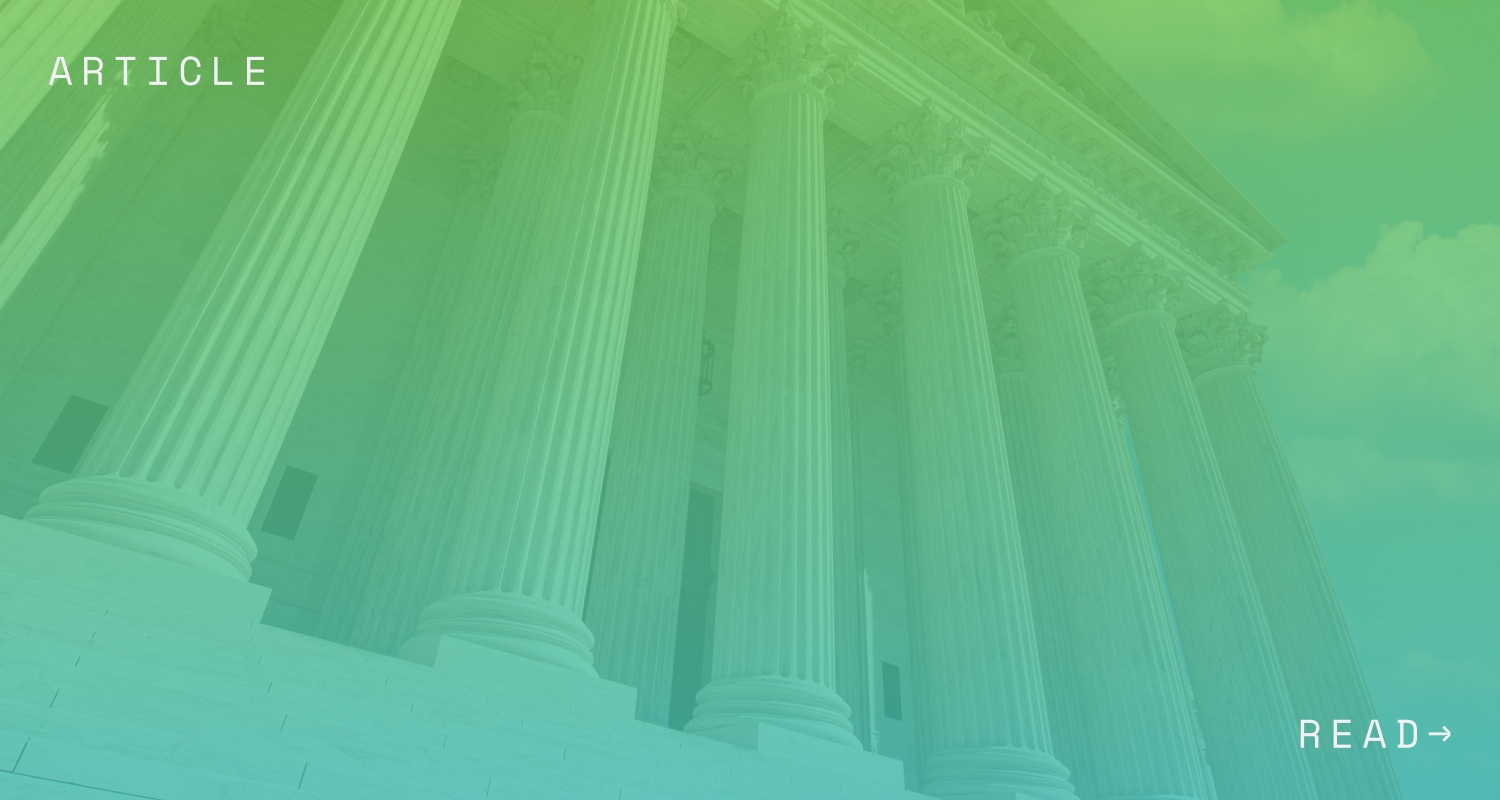The 2020 San Francisco Health Care Security Ordinance (SF HCSO) rates were recently released. For 2020, medium-sized covered employers must spend $2.05 per hour payable (up to a maximum of $352.60/month) and large covered employers must spend $3.08 per hour payable (up to a maximum of $529.76/month) on their covered employees’ health care. The HCSO expenditure rates increase annually. A comparison of the 2019 and 2020 rates are outlined below:
| Employer Size | 2020 Rates | 2019 Rates |
| Small Employers (0-19) | Exempt | Exempt |
| Medium Employer (20-99) | $2.05/hour
(max $352.60/month) |
$1.95/hour
($335.40/month) |
| Large Employer (100+) | $3.08/hour
(max $529.76/month) |
$2.93/hour
(max $503.96/month) |
For more information on who qualifies as a “Covered Employer,” which employees are covered by the ordinance, and other employer obligations under the law, see the FAQs below.
Frequently Asked Questions (FAQs)
What is San Francisco Health Care Security Ordinance (SF HCSO)?
The San Francisco Health Care Security Ordinance (HCSO) requires Covered Employers to spend certain amounts on health care for their Covered Employees, among other reporting and notice requirements. The San Francisco Office of Labor Standards Enforcement (OLSE) is responsible for enforcing the employer requirements of the HCSO. For complete information about the HCSO, please visit the HCSO Website.
Which employers are “Covered Employers” subject to SF HCSO?
Employers are subject to the HCSO if they:
- employ one or more workers within the geographic boundaries of the City and County of San Francisco;
- are a for-profit business with 20 or more employees worldwide or a nonprofit with 50 or more employees worldwide; and
- are required to obtain a San Francisco Business Registration Certificate.
What are Covered Employers’ obligations under SF HCSO?
Covered Employers must:
- satisfy the employer spending requirement by making any required health care expenditures on a quarterly basis on behalf of all Covered Employees;
- maintain records sufficient to establish compliance with the employer spending requirement;
- post the HCSO poster in all workplaces with Covered Employees; and
- submit an annual reporting form to the OLSE by April 30th.
How do Covered Employers determine employer size?
The employer’s hourly expenditure requirement depends on the employer’s size (small, medium or large). When determining employer size, employers should count all employees regardless of their location or classification. This includes seasonal, temporary, full-time, part-time, contracted (even if by a temporary staffing agency) individuals, and owners who work for compensation, both inside and outside of San Francisco.
Who are Covered Employees?
An employee is covered by the HCSO if they work for a Covered Employer and they:
- are entitled to be paid the minimum wage;
- have been employed by their employer for at least 90 calendar days;
- perform at least 8 hours of work per week within the geographic boundaries of San Francisco; and
- do not meet one of the 5 exemption criteria.
Exemption Criteria (who does NOT need to be considered for HCSO purposes):
- Employees who voluntary waive their right under SF HSCSO because they have other employer coverage and sign a waiver form;
- Employees who qualify as managers, supervisors and they earn more than the salary exemption amount;
- Employees who are covered by Medicare or TRICARE;
- Employees who are employed by a non-profit corporation for up to one year as trainees in a bona fide training program consistent with federal law; or
- Employees who receive health care benefits pursuant to the San Francisco Health Care Accountability Ordinance (HCAO).
What are the employer notice requirements under SF HCSO?
Every Covered Employer must post an HCSO Notice in a conspicuous place at any workplace or job site where any Covered Employee works. Every Covered Employer is required to post the Official Notice in English, Spanish, and Chinese. The front of the Official OLSE Notice already includes these three languages.
Every Covered Employer must also post the Official Notice in any other language spoken by at least 5% of the employees at the workplace. The back of the Official OLSE Notice includes translations into Tagalog, Russian, and Vietnamese. If more than 5% of the workers at the workplace speak any other language, the employer is responsible for translating and posting notice in that language.
What is the employer record-keeping requirement under SF HCSO?
Covered Employers must keep pertinent HCSO records and documentation (itemized pay statements, employee information, records to support the employer has met the expenditure requirement, proof that expenditures were made, employee terminations, employee voluntary waiver forms, copies of notices given to employees, etc.) for a period of four years.
What is the employer reporting requirement under SF HCSO?
Covered Employers shall provide information to the City regarding their Health Care Expenditures on an annual basis (by April 30th). The Employer Annual Reporting Form will be posted on the OLSE website annually around April 1st.
To receive an email notification each year when the Annual Reporting Form is available, please sign up for the HCSO Email List.
Employer Next Steps:
Covered Employers should ensure that they are complying with all the employer requirements under SF HCSO. Covered Employers should consider the new HCSO rates when determining their contribution strategy for the 2020 plan year. For more information on HSCO and whether you are a covered employer under the law, please visit the HCSO Website.
Additional Resources:
The information and materials on this blog are provided for informational purposes only and are not intended to constitute legal or tax advice. Information provided in this blog may not reflect the most current legal developments and may vary by jurisdiction. The content on this blog is for general informational purposes only and does not apply to any particular facts or circumstances. The use of this blog does not in any way establish an attorney-client relationship, nor should any such relationship be implied, and the contents do not constitute legal or tax advice. If you require legal or tax advice, please consult with a licensed attorney or tax professional in your jurisdiction. The contributing authors expressly disclaim all liability to any persons or entities with respect to any action or inaction based on the contents of this blog.



